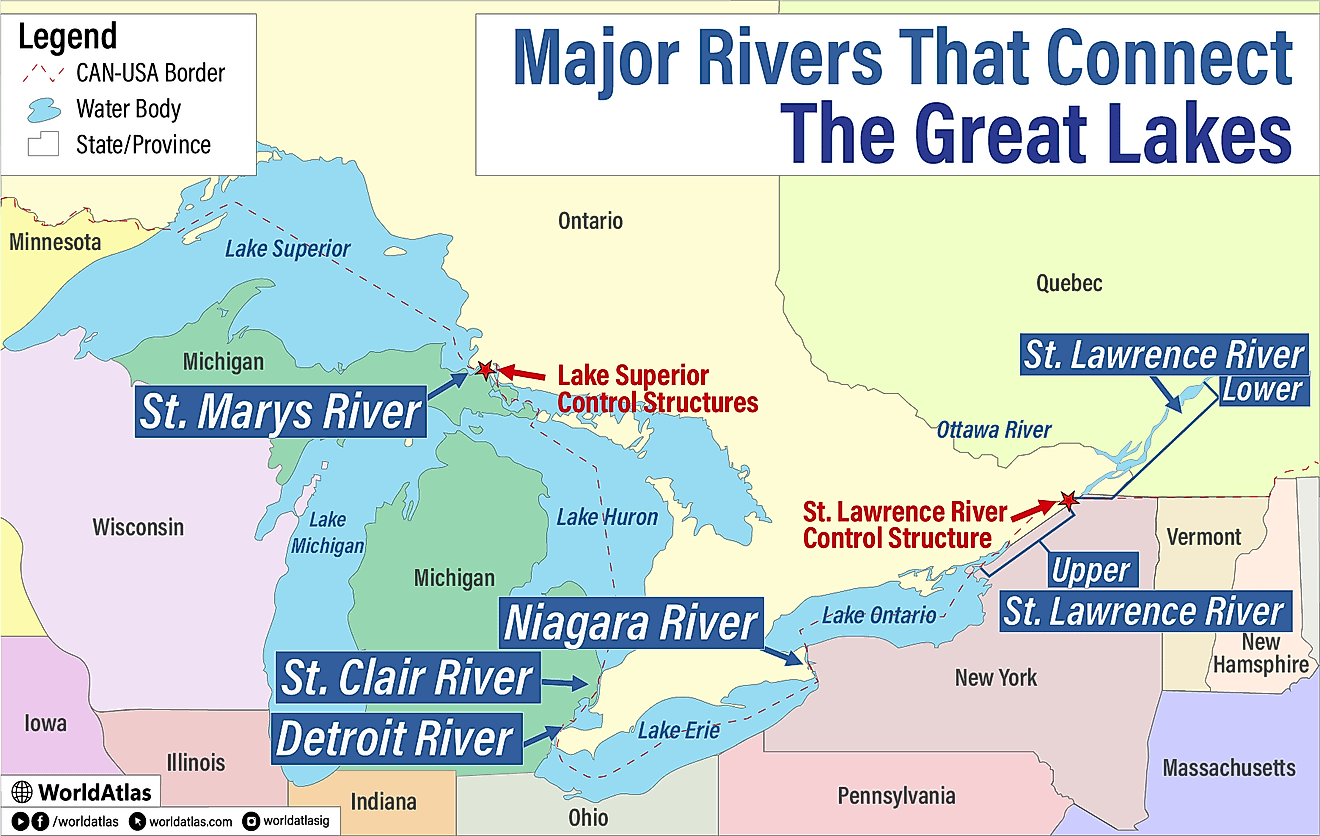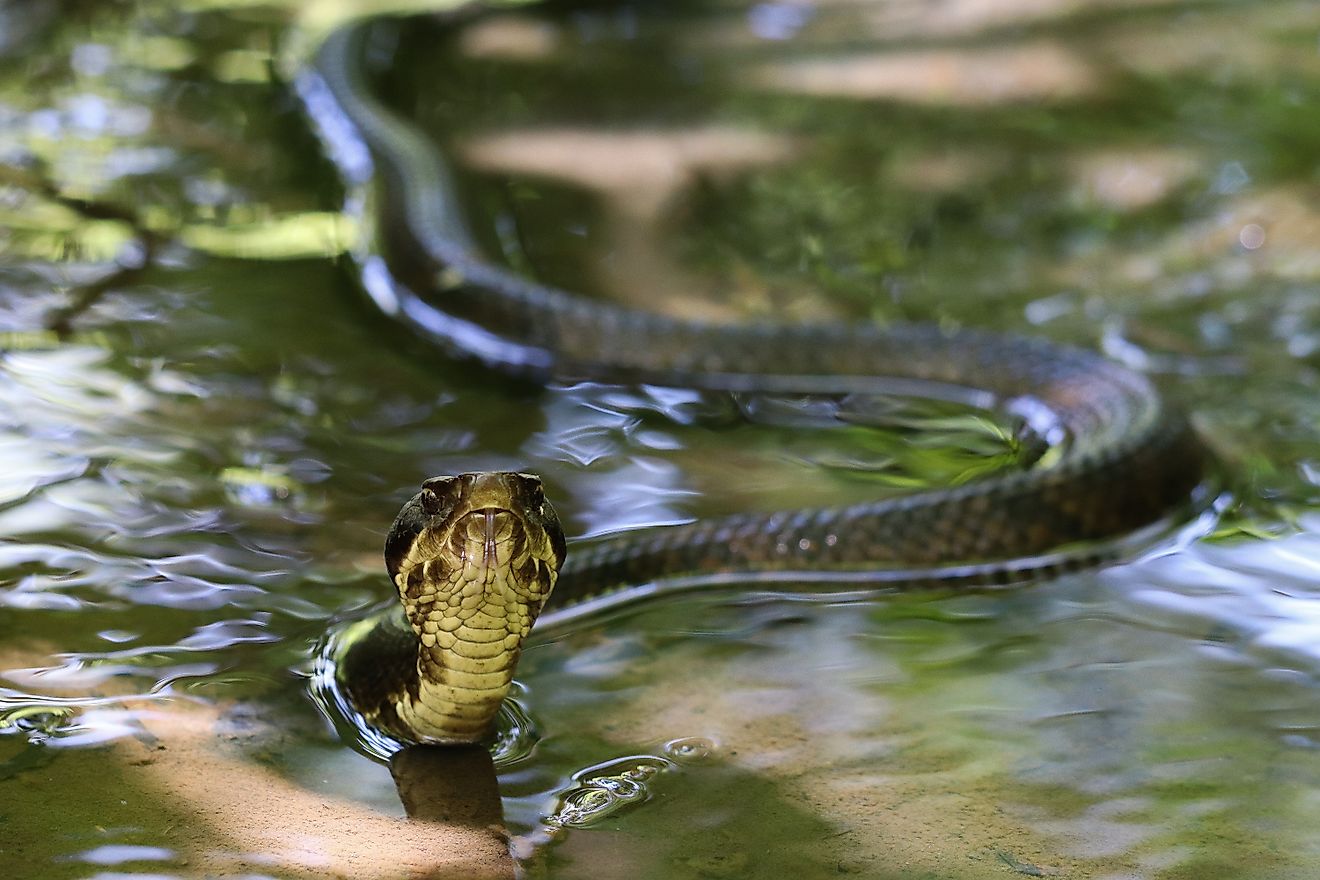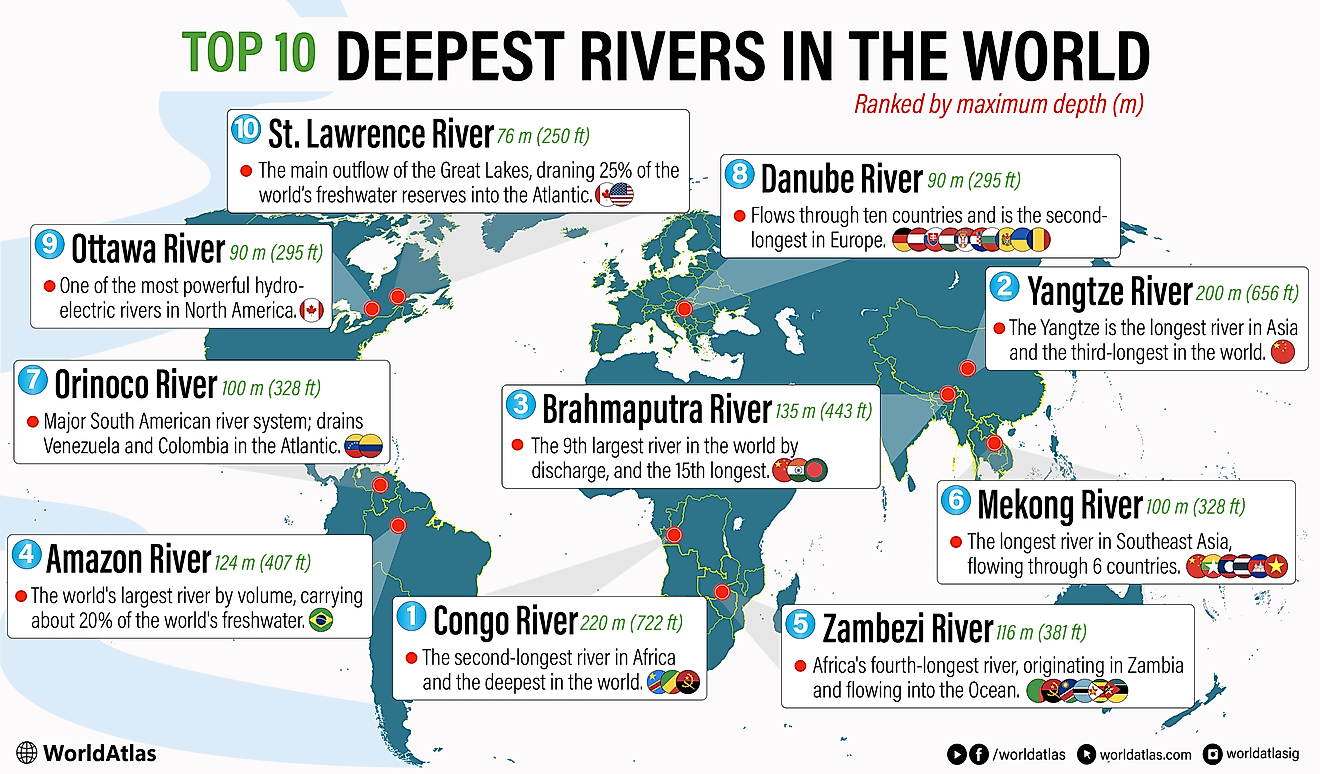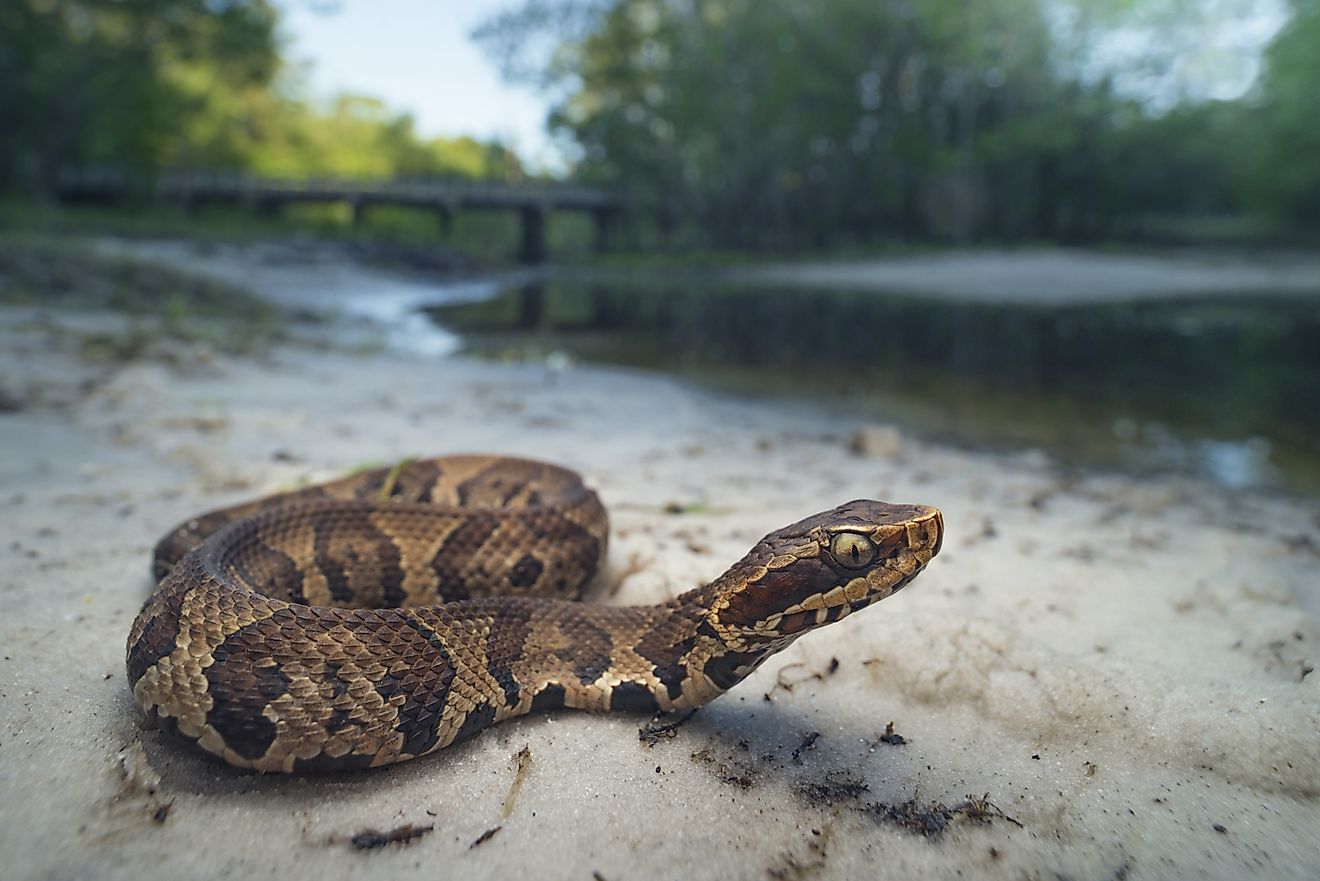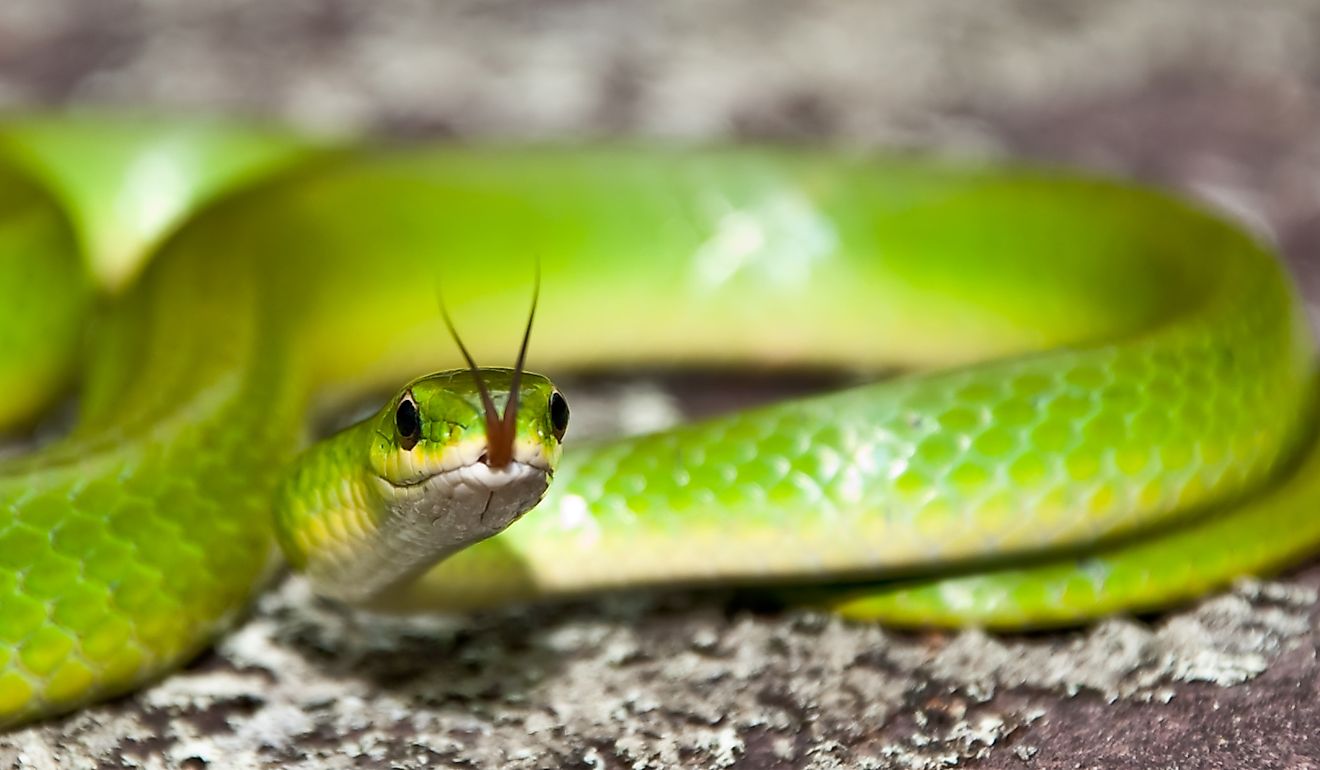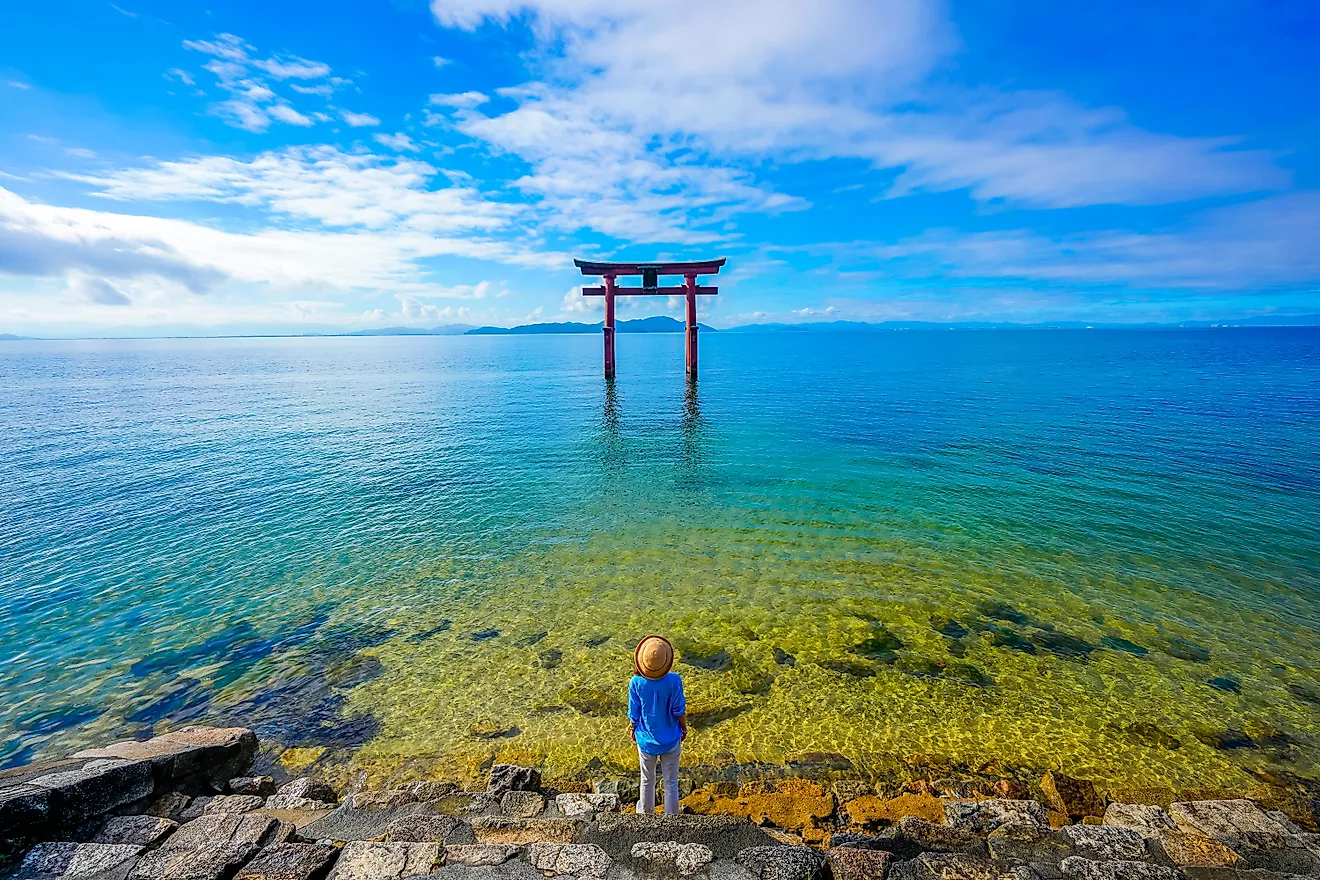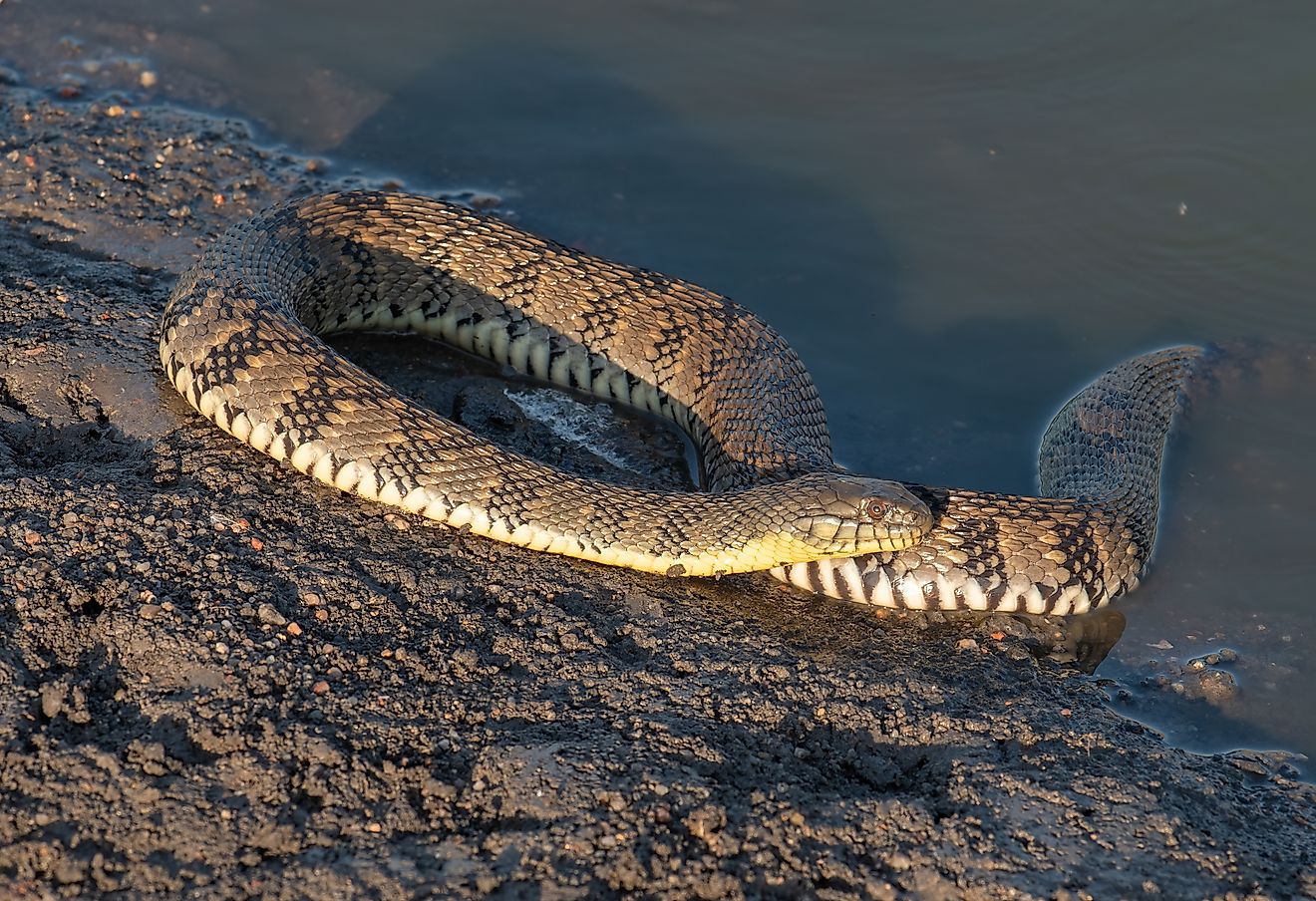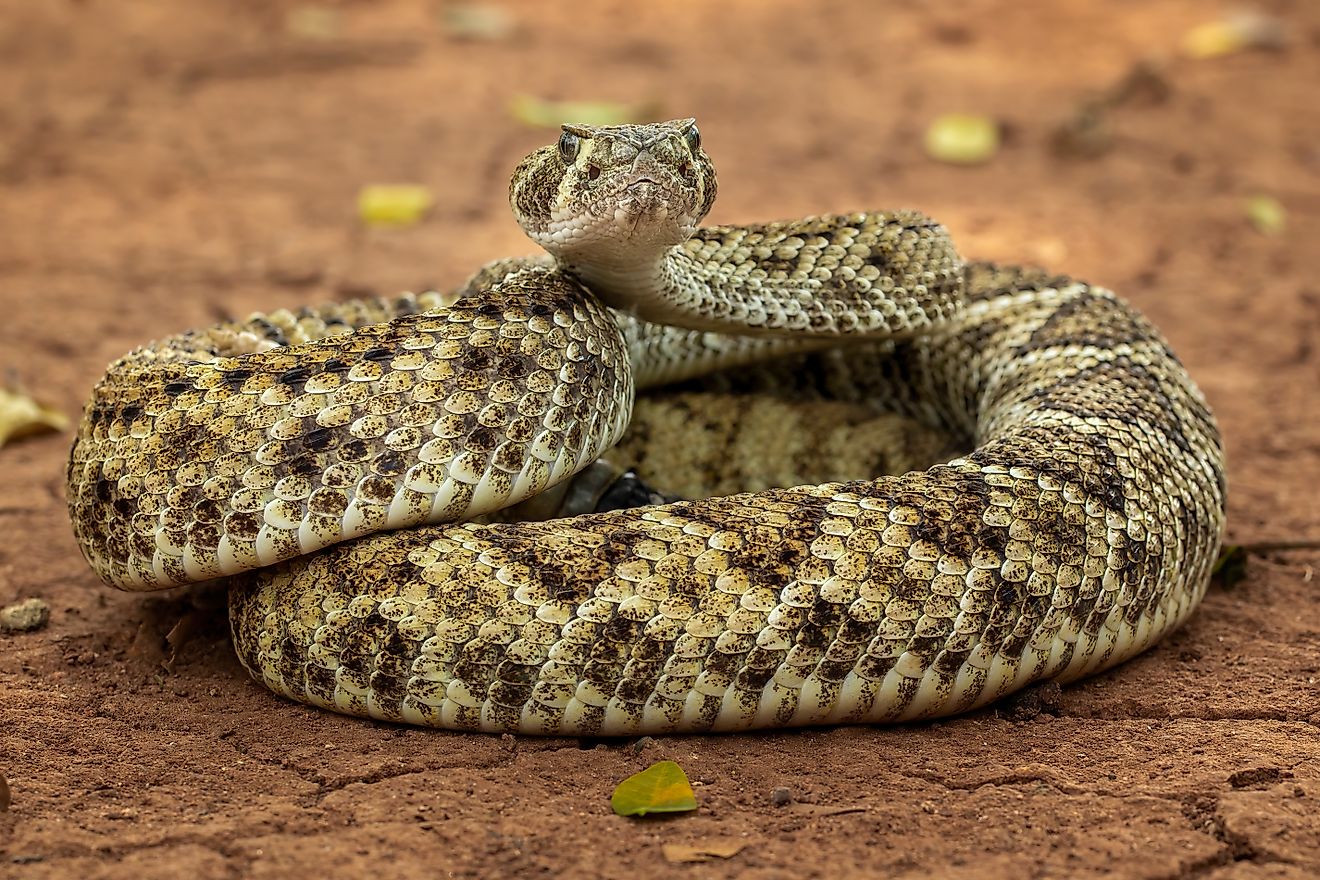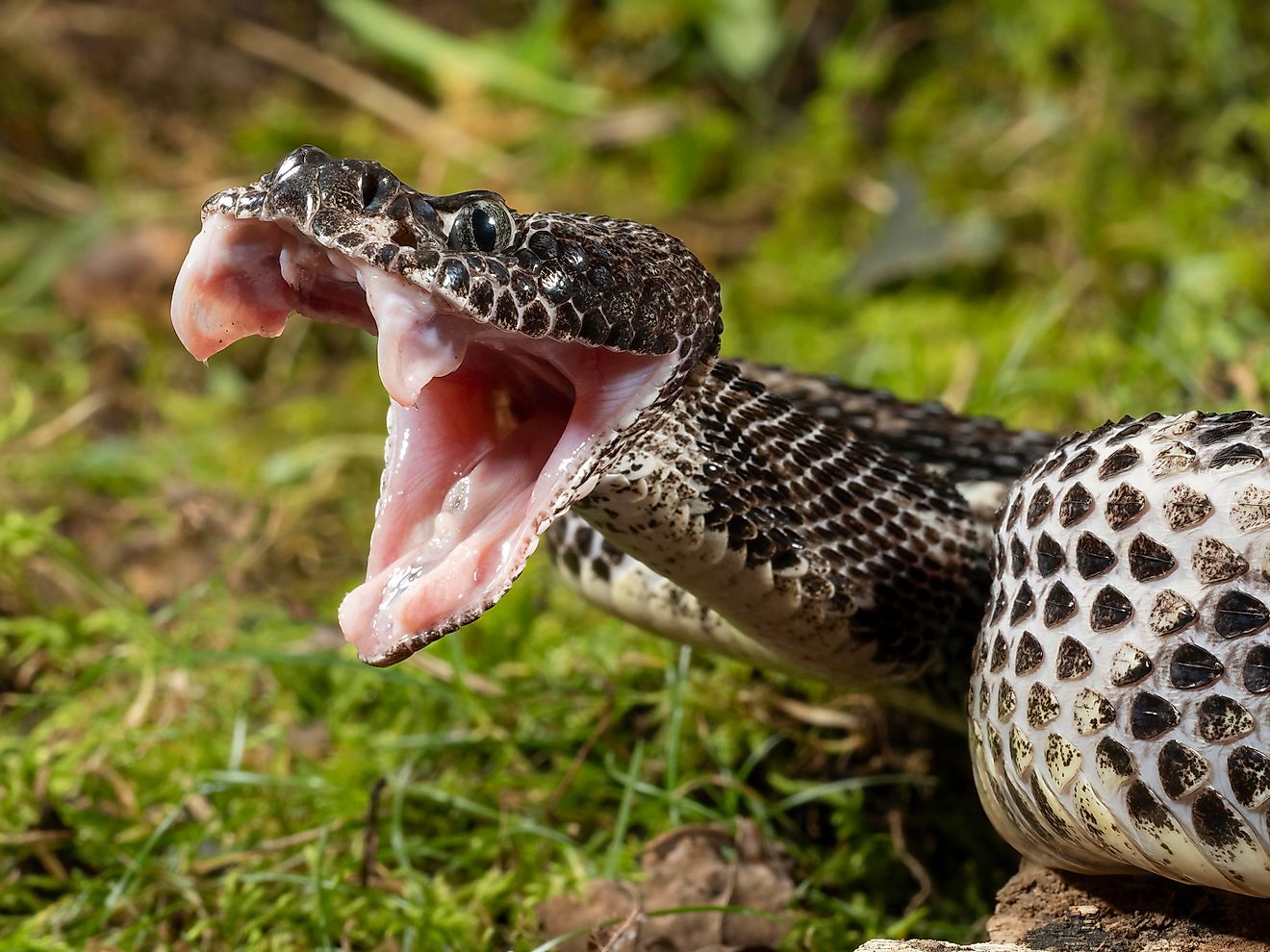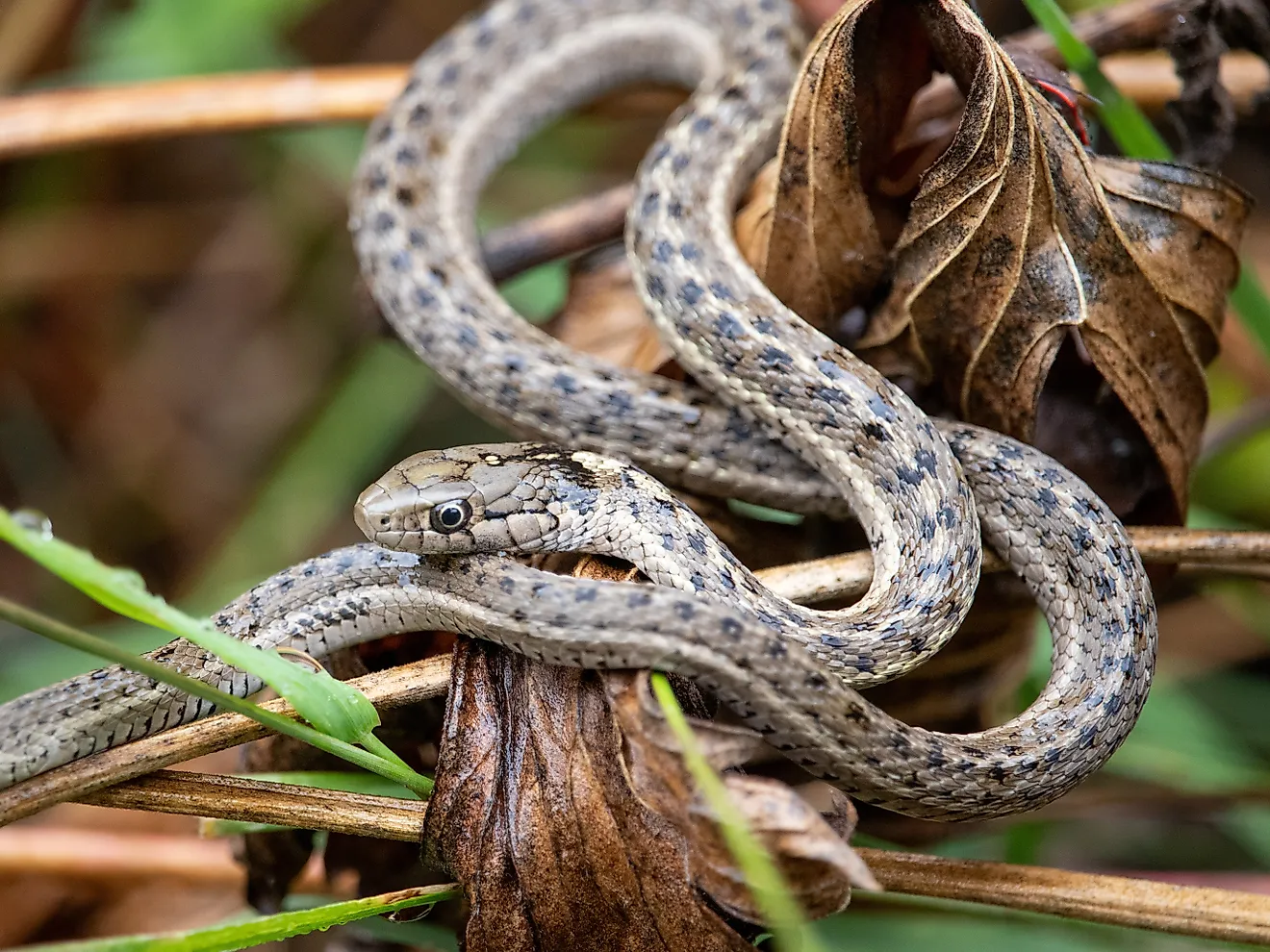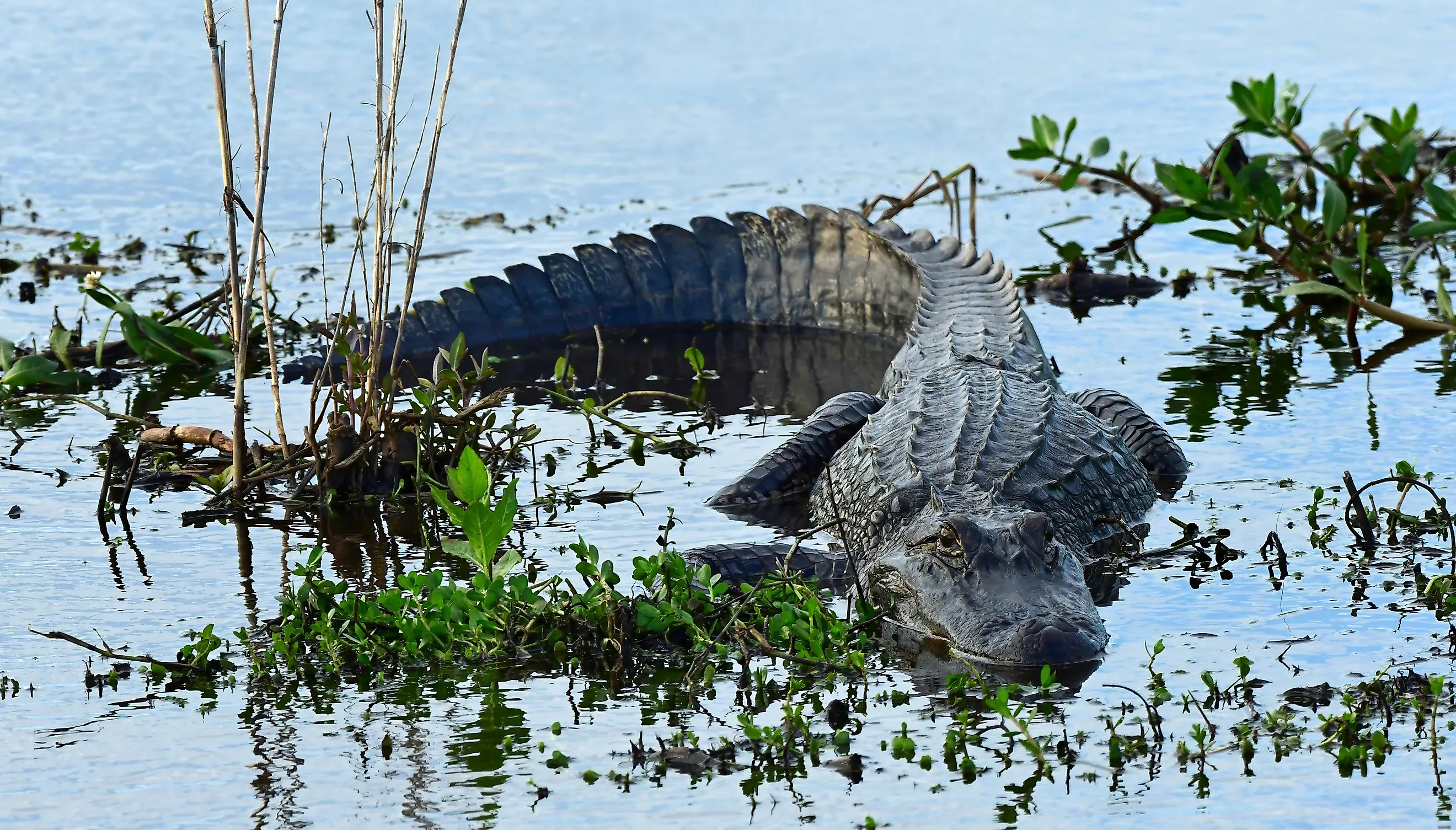
7 Most Alligator Filled Rivers In South Carolina
While sharks may infest the emerald-green waters of South Carolina’s famous beaches, wait until you see whose filling its rivers. Beneath the moss-draped cypress and tea-colored waters, American alligators are the undisputed rulers of the Lowcountry wetlands. With more than 100,000 alligators living in South Carolina’s nearly 30,000 miles of meandering rivers, nature lovers, outdoor enthusiasts, and paddlers don’t have to go far to see alligators sunning on muddy banks or gliding just beneath the surface of the seven most alligator-filled rivers in South Carolina.
Santee River
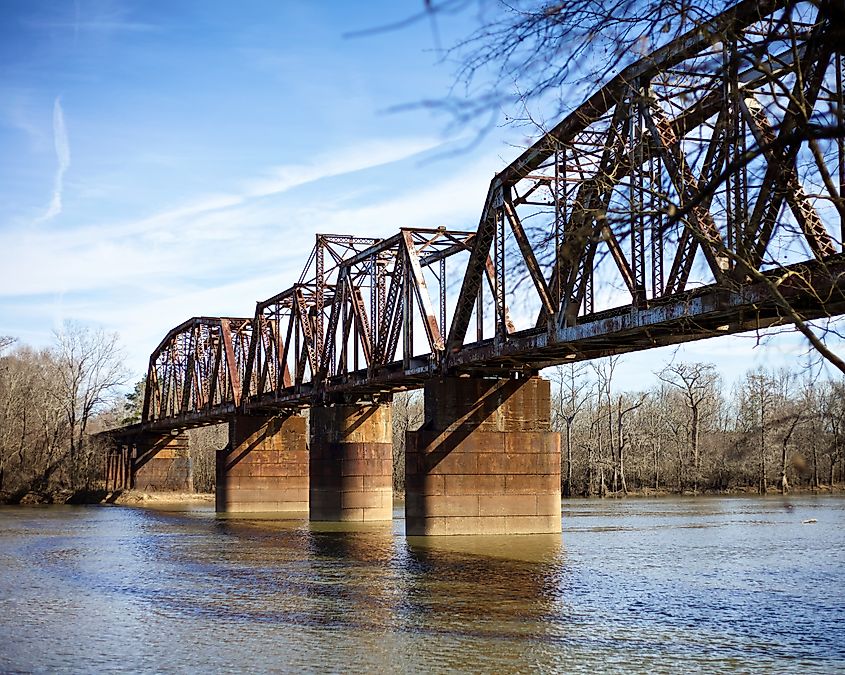
Once flowing through the heart of South Carolina, the Santee River was dammed to form Lake Marion, one of the most alligator-infested places in South Carolina. Downstream from the 110,000 artificial lake, sometimes called South Carolina’s “Inland Sea,” the Santee River is formed by the confluence of the Congaree and Wateree Rivers. The Congaree River begins in Columbia, winding through the Congaree National Park before joining the Wateree River near Jamestown. The combined flow of those rivers is called the Santee River. The Santee flows southeast 143 miles across the state before flowing into the Atlantic Ocean between Myrtle Beach and Charleston.
Entirely within South Carolina, the Santee River is a popular paddling destination for canoers and kayakers, who report seeing alligators in spots like the blackwater channels near Wilson’s Landing, the swamps around Santee State Park, and the winding backwaters leading toward the Santee National Wildlife Refuge. Kayaks and canoes can be rented locally through local outfitters like Whenever Sports at Santee State Park, near Wilson’s Landing, and around the refuge, making it easy for you to explore these wild, scenic waters.
Edisto River
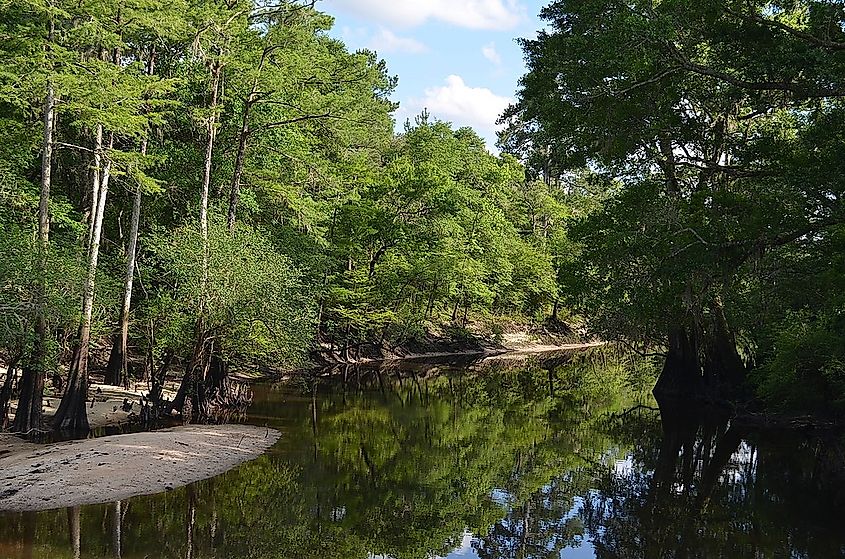
One of the longest free-flowing blackwater rivers in North America, the tea-colored Edisto River flows for about 250 miles from its headwaters in the central Sandhills through old-growth bald cypress-tupelo swamps and the ACE Basin, whose name comes from three major rivers, the Ashepoo, Combahee, and Edisto, before emptying into the Atlantic Ocean near Beaufort. The wetland is home to a host of amazing wildlife, perfect for birders keen on spotting woodpeckers, bald eagles, and wood storks.
Like a gentle, meandering lazy river, the Edisto is ideal for paddling with binoculars at the ready, or drifting along for a few hours on a Lowcountry river tubing experience with Edisto River Adventures. The 2-mile tubing trips start at Givhans Ferry State Park, where you can float with the river’s current, pushing you along at just 1 - 3 miles per hour. Alligators are commonly spotted along the Edisto River, particularly in its blackwater marshy areas, and basking in the sun along its shores. In 2021, an enormous 12-foot, 445-pound alligator was removed from a homeowner’s property along the Edisto River. Among the contents discovered in the alligator’s stomach were five brass identification tags from dog collars, a reminder of the real danger the ancient reptiles pose.
Combahee River
The 40-mile Combahee River flows entirely within the South Carolina Lowcountry. It joins the Ashepoo and Edisto to form the ACE Basin, one of the state’s most pristine estuarine ecosystems. The ACE Basin contains six different ecosystems, home to more than 1,500 different plant and animal species, including 280 species of birds, 46 species of mammals, and reptiles like eastern diamondbacks, loggerhead sea turtles, and American alligators.
A nature lover’s paradise, the best way to explore this blackwater river is on a tour with Beaufort Kayak Tours, which will take you on a 2.5-hour excursion from Sugar Hill Landing. The tour will take you through historic rice fields, dikes, and trunk systems, initially built in the early 1800s. If you prefer to kayak without a guide, nearby Cuckhold’s Creek Landing is another option, and film buffs might get a kick out of discovering that part of the movie “Forrest Gump” was filmed near the water’s edge. There was a record 13-foot-plus alligator caught in the Combahee River in 2015.
Pee Dee River
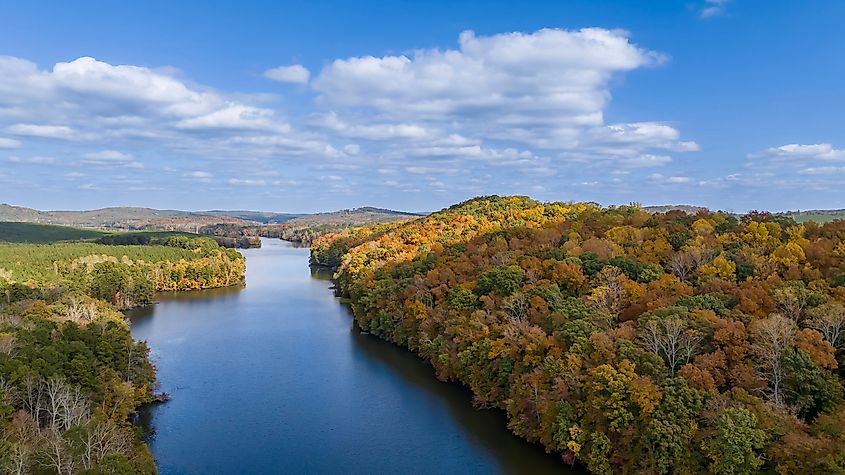
The Pee Dee River (also known as the Great Pee Dee River) originates as the Yadkin-Pee Dee in North Carolina. It flows into South Carolina near Cheraw, continuing through the Coastal Plain to Winyah Bay for 232 miles. The lower Pee Dee, where it meets the Waccamaw and Black rivers, is in South Carolina, and is well known among alligator hunters who routinely tag alligators averaging more than 9 feet long.
The lower 70-mile segment of the river was designated a State Scenic River in 2002 and is peppered with public boat landings, including the Yauhannah Landing, where the brackish water, surrounded by marshes and cypress wetlands, is an ideal alligator habitat. Spend a half day out-and-back paddle from the landing and watch for gators sunning on mud banks or floating near the marsh edges. BYOB (bring your own boat) or look into renting a kayak with a local outfitter like family-owned RiverRat’s.
Black River
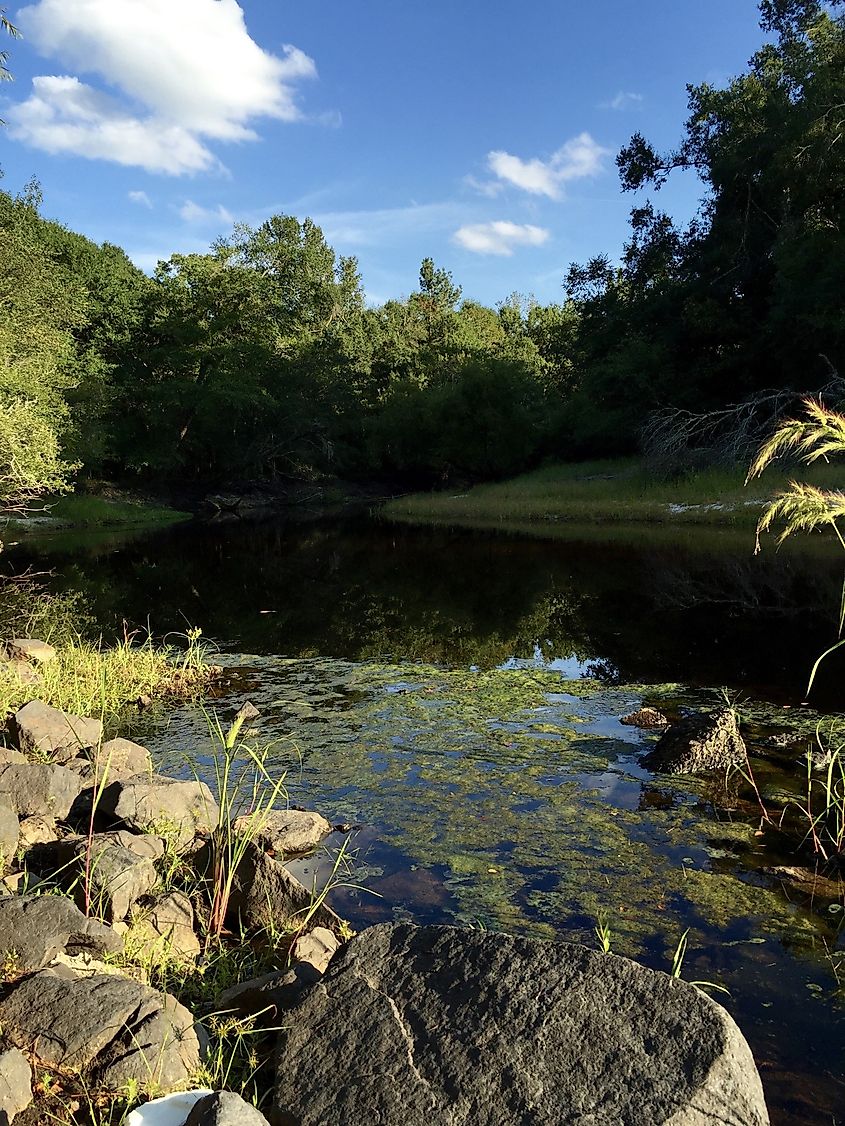
The Black River is a 151-mile blackwater tributary of the Pee Dee system, flowing entirely within eastern South Carolina before joining the Waccamaw River near Georgetown. One of the best ways to explore the river is with a visit to the Cypress Preserve, a privately-owned nature preserve located on South Carolina’s Scenic Black River. A haven for outdoor enthusiasts, you can enjoy bird watching, with more than 100 species of birds catalogued in the preserve, hiking and biking on over 15 miles of winding trails, or paddling through the exotic and mysterious swamps along well-maintained canoe and kayak trails. There are interpretative panels throughout, identifying the flora and fauna you may encounter.
The Cypress Preserve maintains and documents reptile sightings in the park, and among the species reported are 10 species of turtles, 12 species of snakes, and one species of crocodilian (a broad group that includes crocodiles, caimans, and gharials), the American alligator (Alligator mississippiensis). The preserve is open to groups of 6 or more, so bring your family or friends to discover this one-of-a-kind, pristine wild habitat.
Waccamaw River
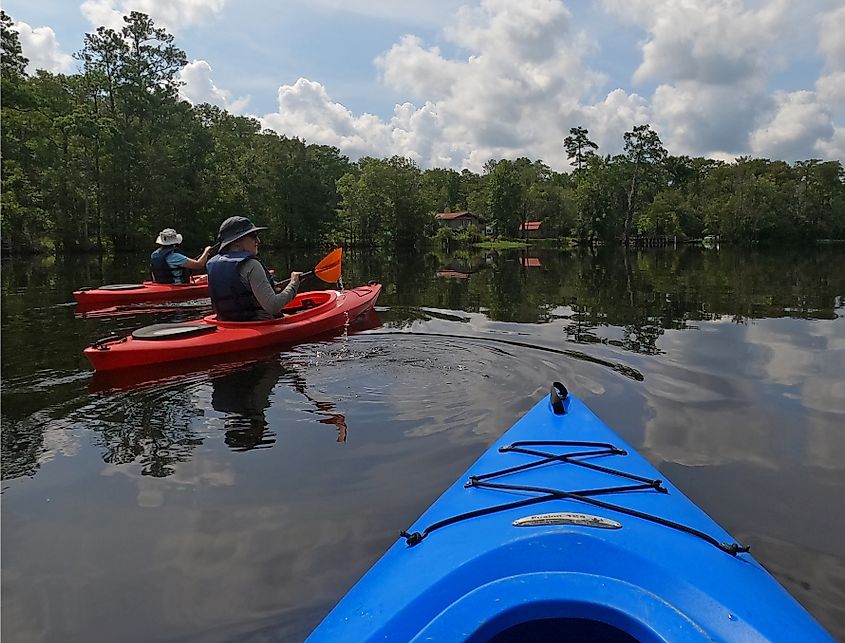
The 140-mile Waccamaw River flows across both North and South Carolina near Lake Waccamaw to Winyah Bay, encompassing one of the largest continuous wildlife habitat areas in the southern coastal plain, where alligator populations are known to thrive. While on the lookout for gators, consider enjoying a guided fishing trip on the Waccamaw River, which is ideal if you’re looking for a quiet excursion away from the beachy enthusiasm of the 60-mile stretch of coastline known as the Grand Strand.
For a unique day trip, Myrtle Beach Fishing Company offers a 3-hour Waccamaw River Fishing Adventure for first-time or experienced anglers looking to improve their technique, catch a monster largemouth bass, or get pro tips from experts, all the while land-based fishing from a 48-acre private island on the Waccamaw. With all supplies provided by the outfitter, the day trip includes a return boat trip to the island, all rods, bait, and gear, and cold bottled water.
Ashley and Cooper Rivers
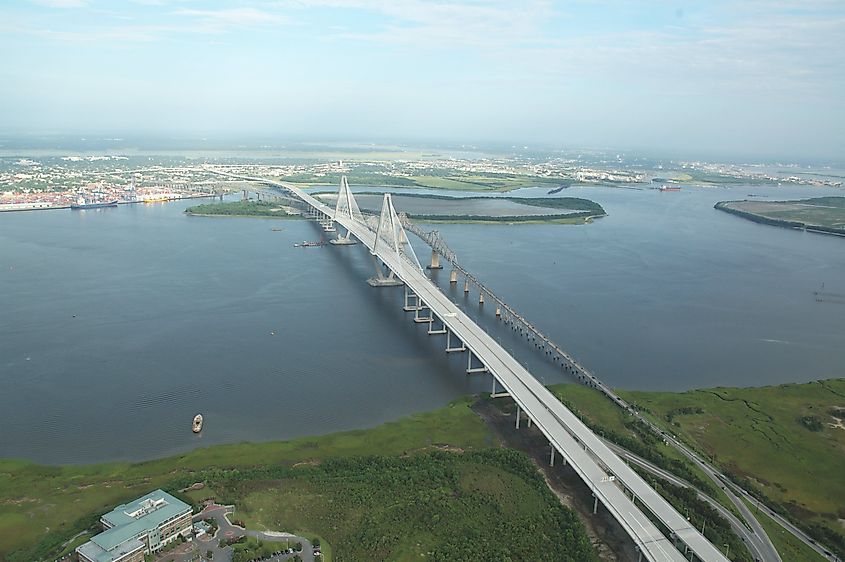
The Ashley and Cooper Rivers are steeped in Charleston history. Considered the birthplace of South Carolina, the Ashley River was the location of the first English settlement in 1670, Charles Towne Landing (which later became the city of Charleston). On the opposite side of the peninsula, the Cooper River carried ships full of rice and indigo from around the world. Locals like to say that “the Ashley and the Cooper come together to form the Atlantic Ocean.” Today, the rivers meet at the Charleston Harbor, with their upper reaches being freshwater, while the lower stretches are brackish and tidal, another perfect habitat for South Carolina’s gators.
With its proximity to the city of Charleston, there’s no shortage of activities to enjoy along the river, including the centuries-old Magnolia Plantation, where you can enjoy 6 miles of walking and biking trails. The Audubon Swamp Garden, named after John James Audubon, the renowned author of “Birds of America,” is a stunning garden of cypress and tupelo gum trees that you can discover on boardwalks, bridges, and dykes. Keep your eyes peeled for a variety of wildlife, including egrets, herons, wood ducks, yellow-bellied turtles, and alligators.
Where Gators Rule the Rivers of the Palmetto State
From the blackwater swamps of the Edisto to the tidal reaches of the Ashley and Cooper, South Carolina’s rivers are teeming with wildlife, and plenty of alligators. With a thriving alligator population, the Palmetto State is one of the best places in the U.S. to spot these ancient reptiles in their natural habitat. Whether you’re paddling the Santee, tubing the Edisto, or exploring Charleston’s storied waterways, you’re never far from a pair of watchful eyes just above the surface, or as the locals like to say, “beware the log that blinks.”
